 |
 |
|---|
|
|
|---|
 |
 |
 |
 |
|---|---|---|---|
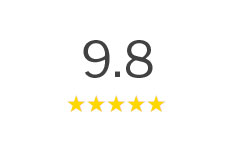 |
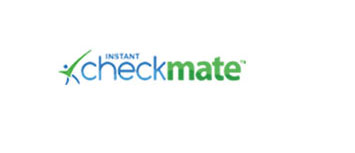 |
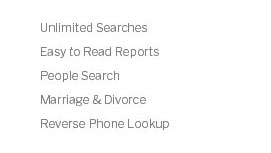 |
|
 |
|||
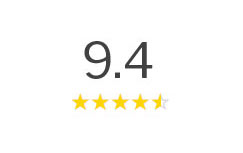 |
 |
 |
|
 |
|||
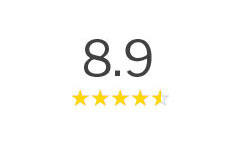 |
 |
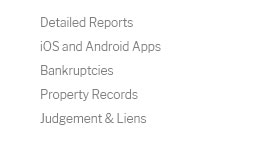 |
|
 |
|||

mn criminal records: basics, access, and stepsOverviewMN criminal records document arrests, charges, court dispositions, and corrections data created across Minnesota agencies. People check them for employment screening, licensing, housing, or personal review. While parts are public, context matters: a dismissal is not a conviction, and dates can change how a record is read. What they includeTypical entries list names and identifiers, case numbers, offense levels, and outcomes such as conviction, stay of adjudication, or dismissal. Juvenile and sealed matters are generally restricted, and expunged items should no longer appear in public searches.
Access and limitsPublic data has boundaries: mistaken identity, outdated entries, or incomplete updates can occur. You may request corrections, and eligible cases can be expunged through a court process. Always use records responsibly and follow fair hiring rules. Getting started
|
|---|